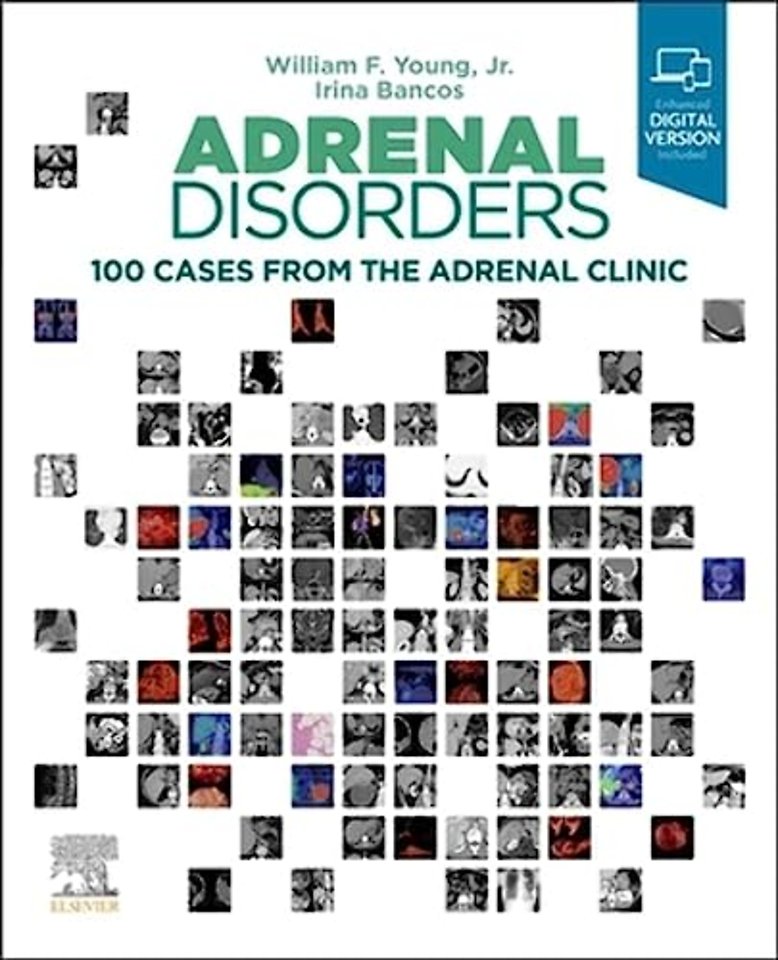Adrenal Disorders
100 Cases from the Adrenal Clinic
Samenvatting
Adrenal disorders are often difficult to diagnose due to common symptoms, and challenging to treat due to common comorbidities. Adrenal Disorders: 100 Cases from the Adrenal Clinic provides a comprehensive, case-based approach to the evaluation and treatment of both common and uncommon adrenal disorders, offering practical, real-world guidance highlighted by detailed laboratory evaluations, computed cross sectional images, nuclear medicine images, and gross pathology photographs.
Features 100 two-page cases covering a wide range of common and uncommon adrenal disorders.
Includes case report, investigations, treatment, and outcome for each case, plus a case overview with expert advice, take-home points, and references.
Organizes comprehensive content by type of disorder, including adrenal masses (benign and malignant), primary aldosteronism, ACTH-independent Cushing syndrome, ACTH-dependent Cushing syndrome, adrenal carcinoma, pheochromocytoma, adrenal and ovarian hyperandrogenism, and adrenal disorders in pregnancy.
Enhanced eBook version included with purchase. Your enhanced eBook allows you to access all of the text, figures, and references from the book on a variety of devices.

